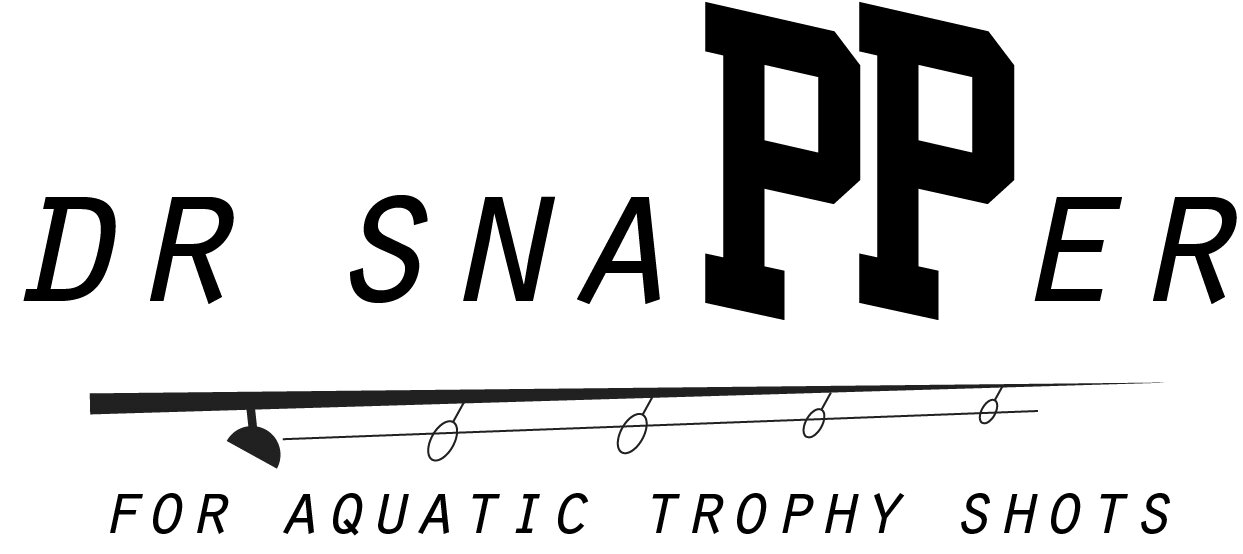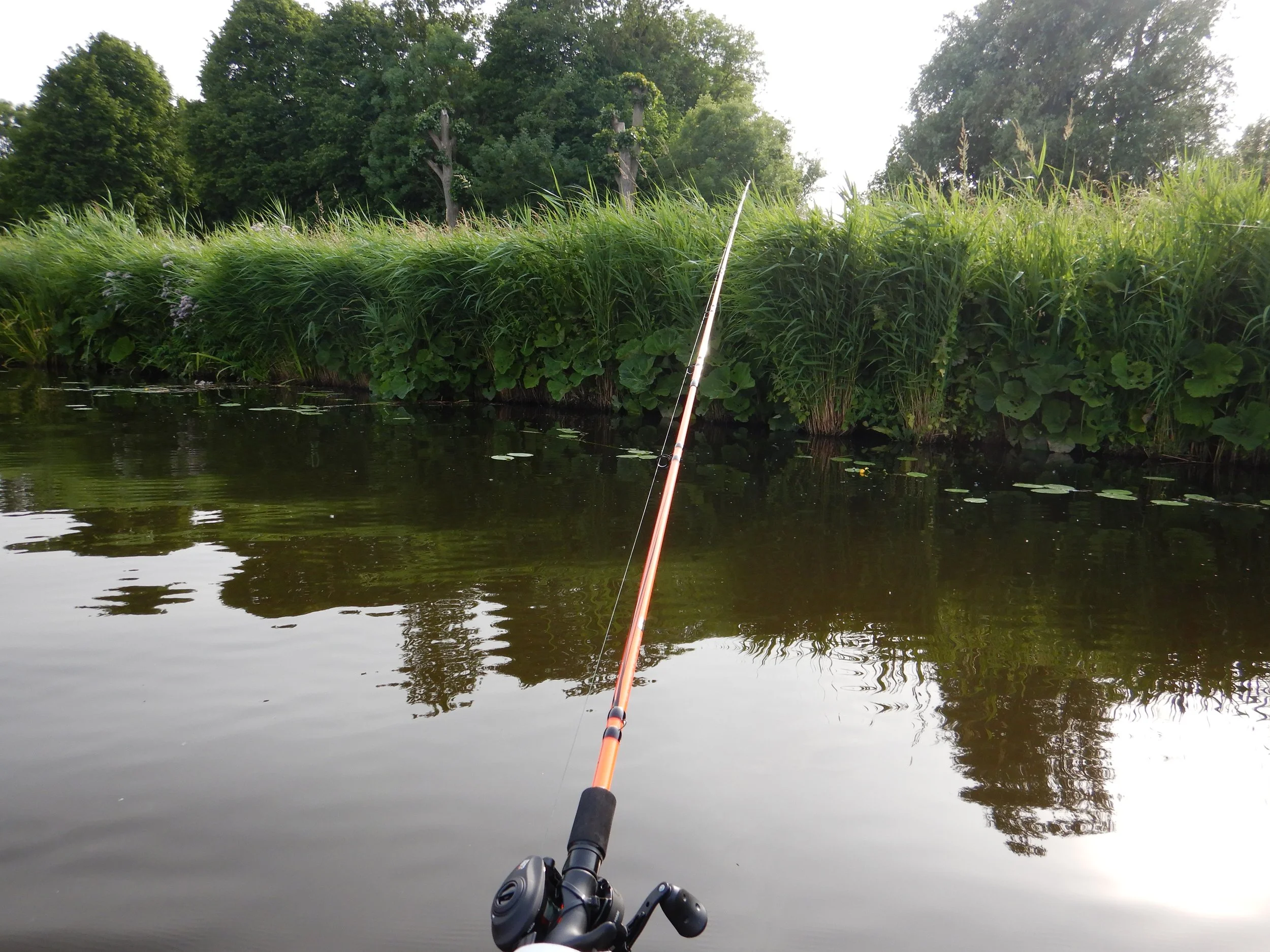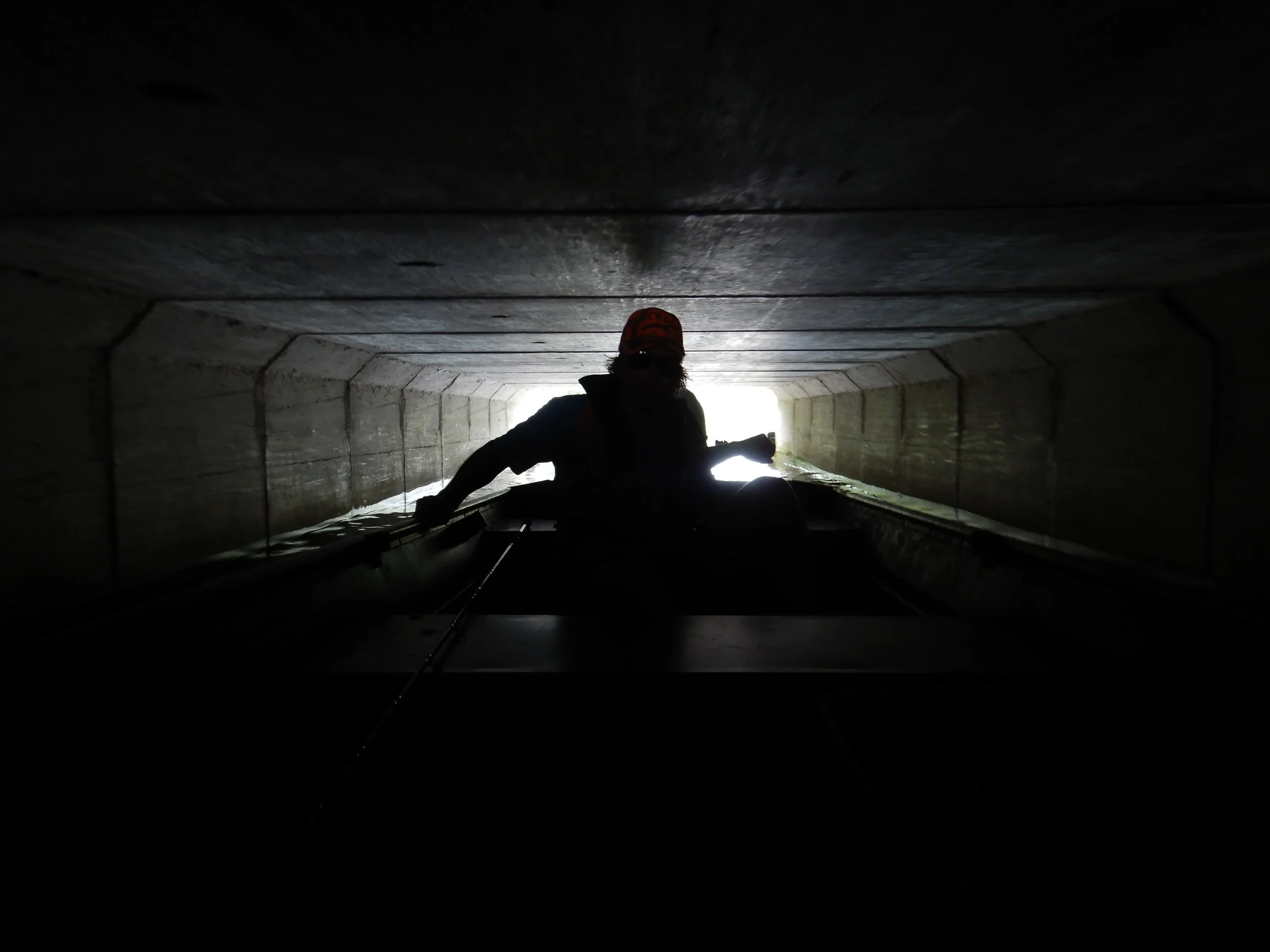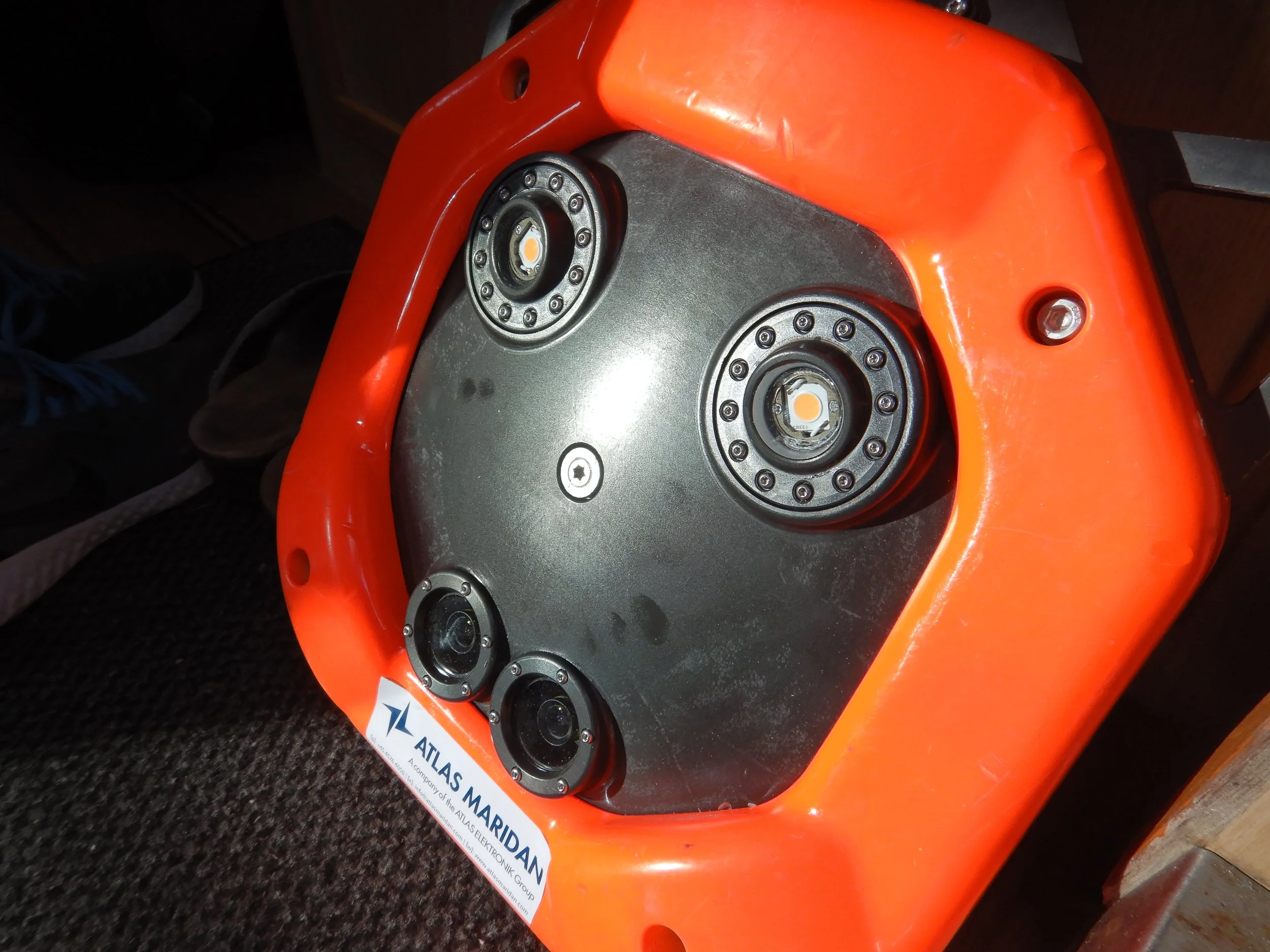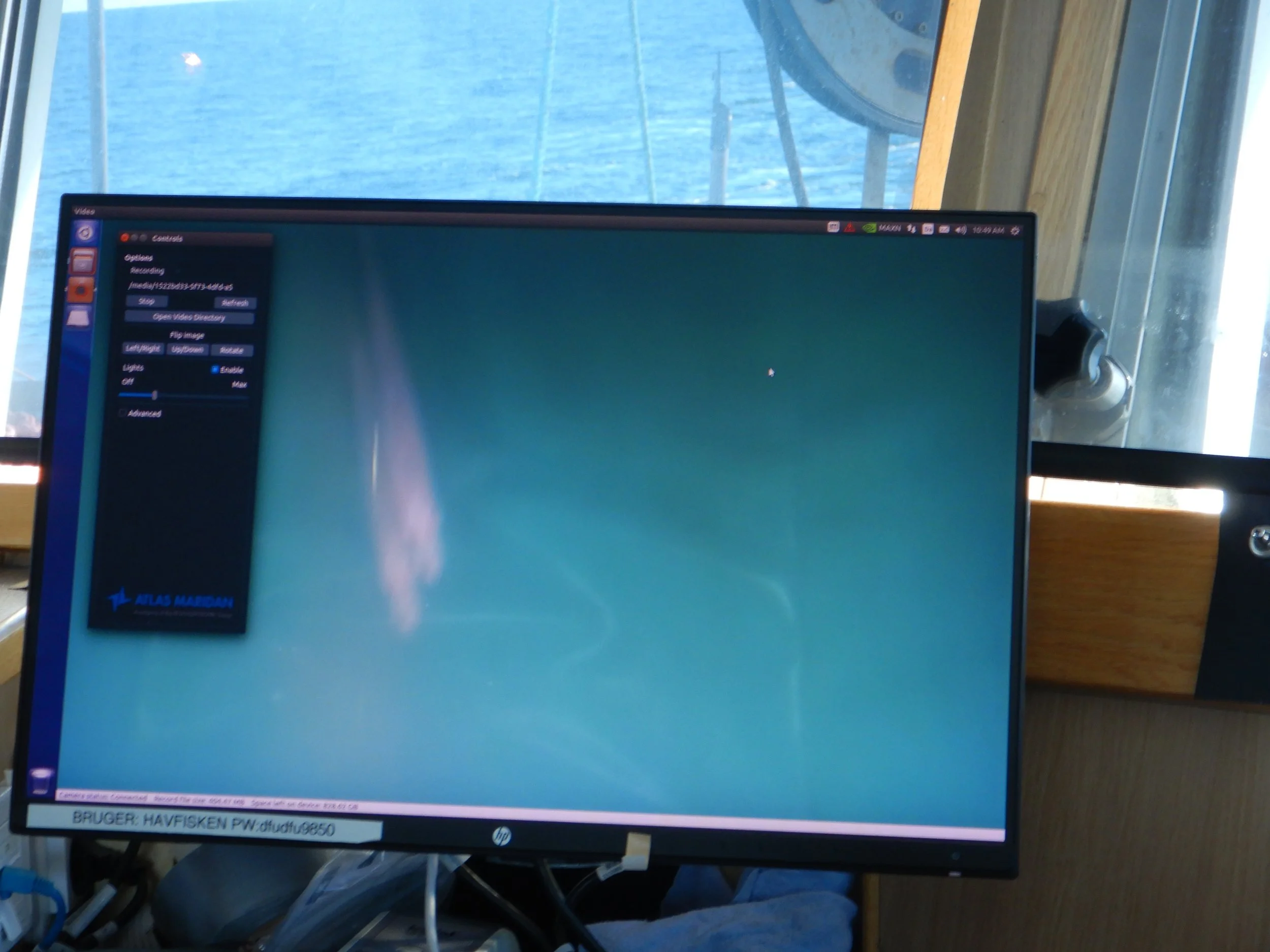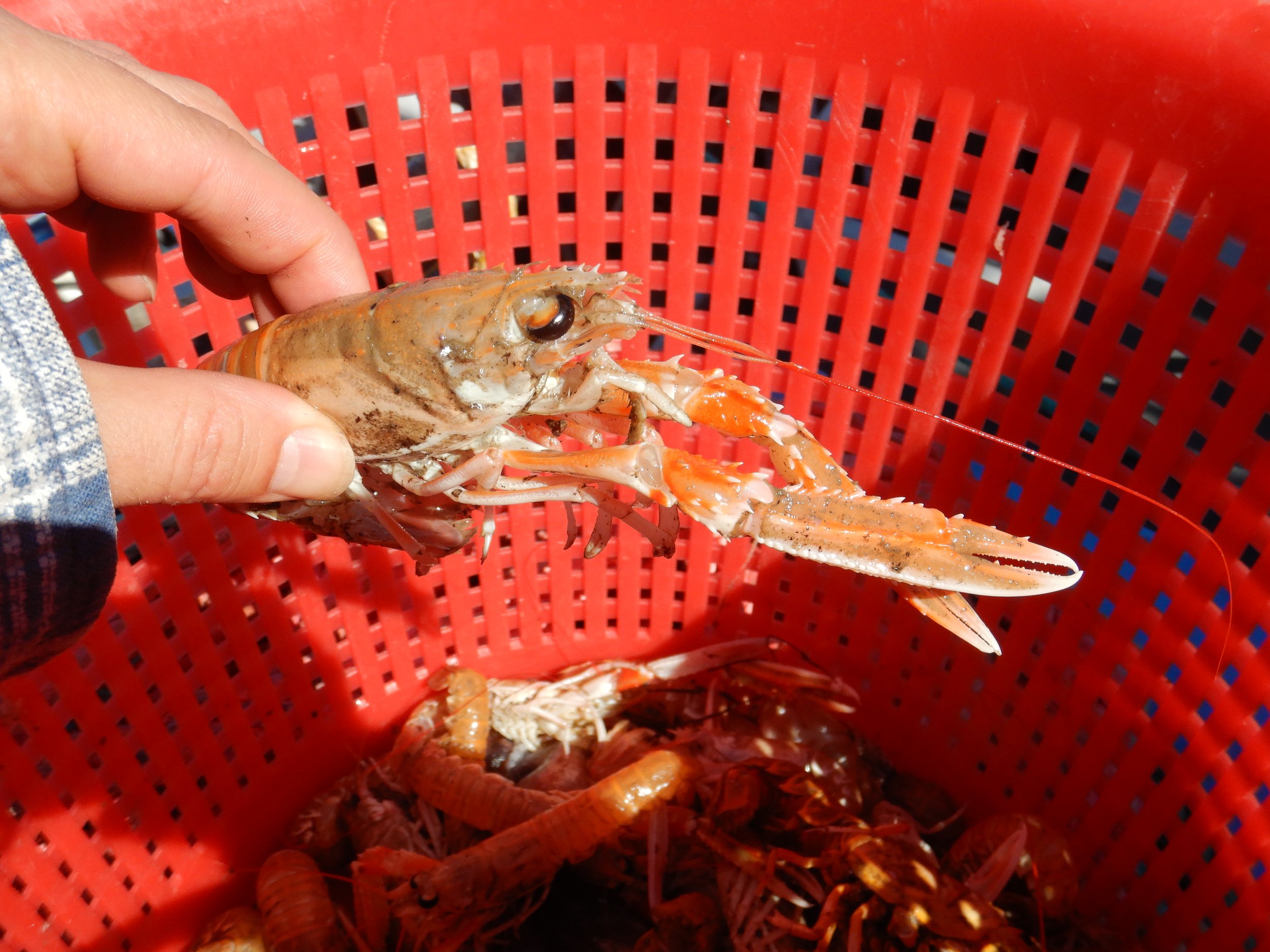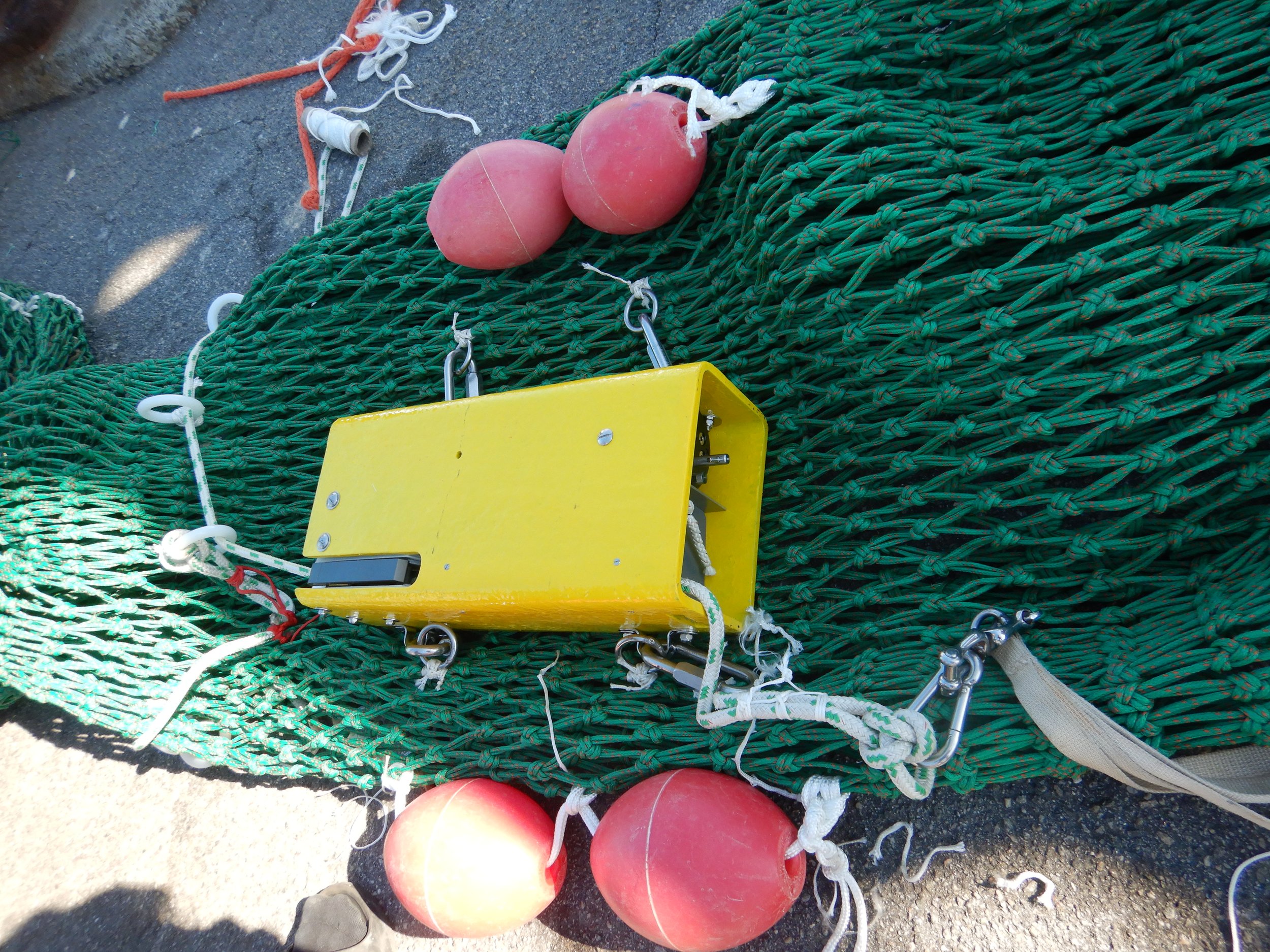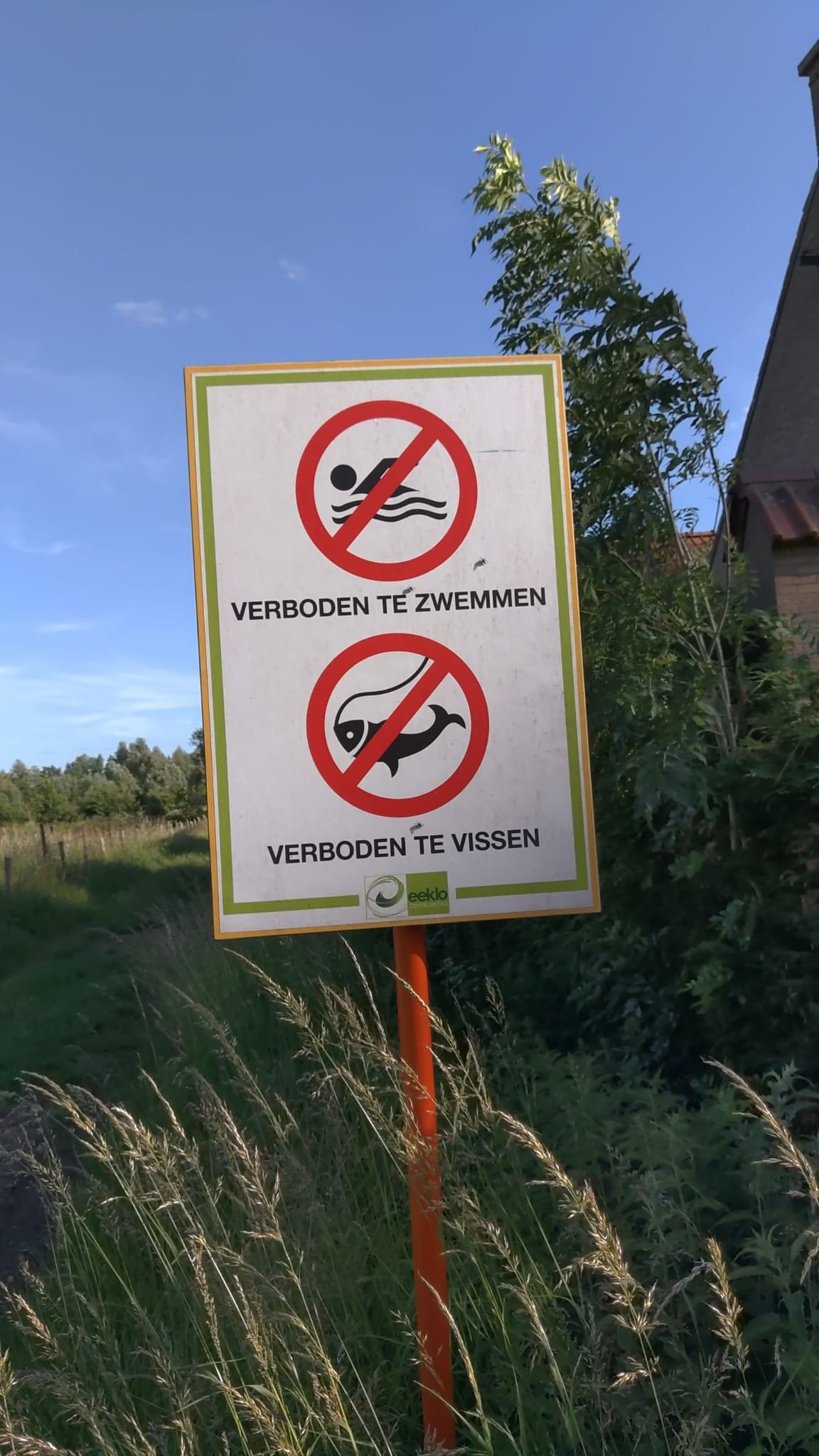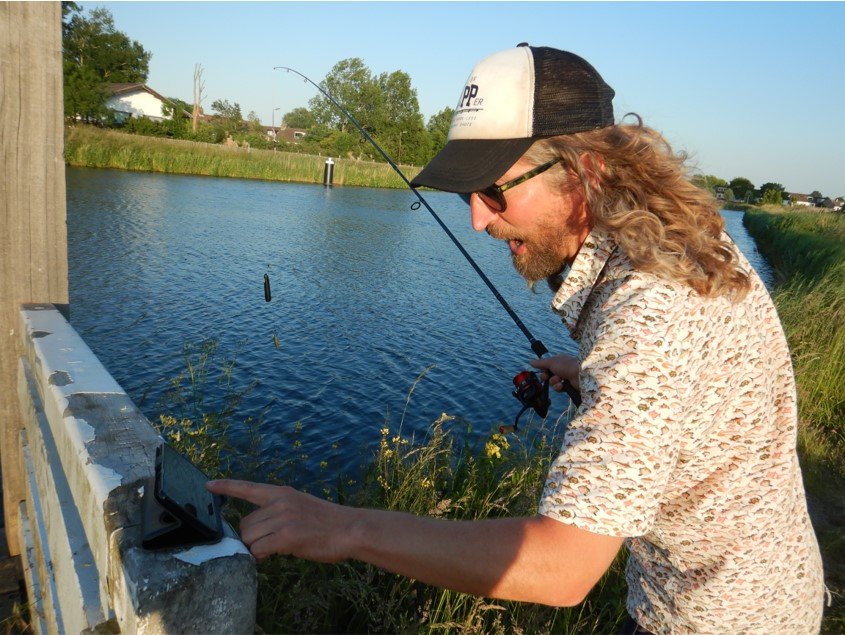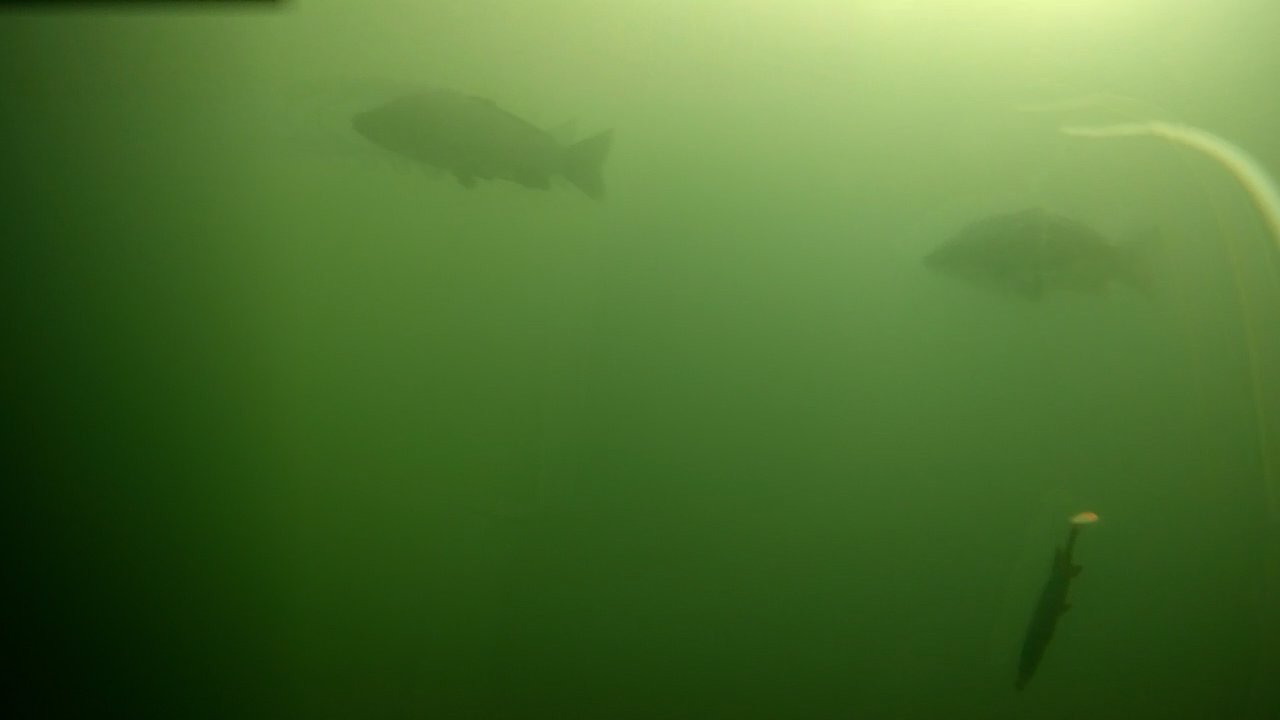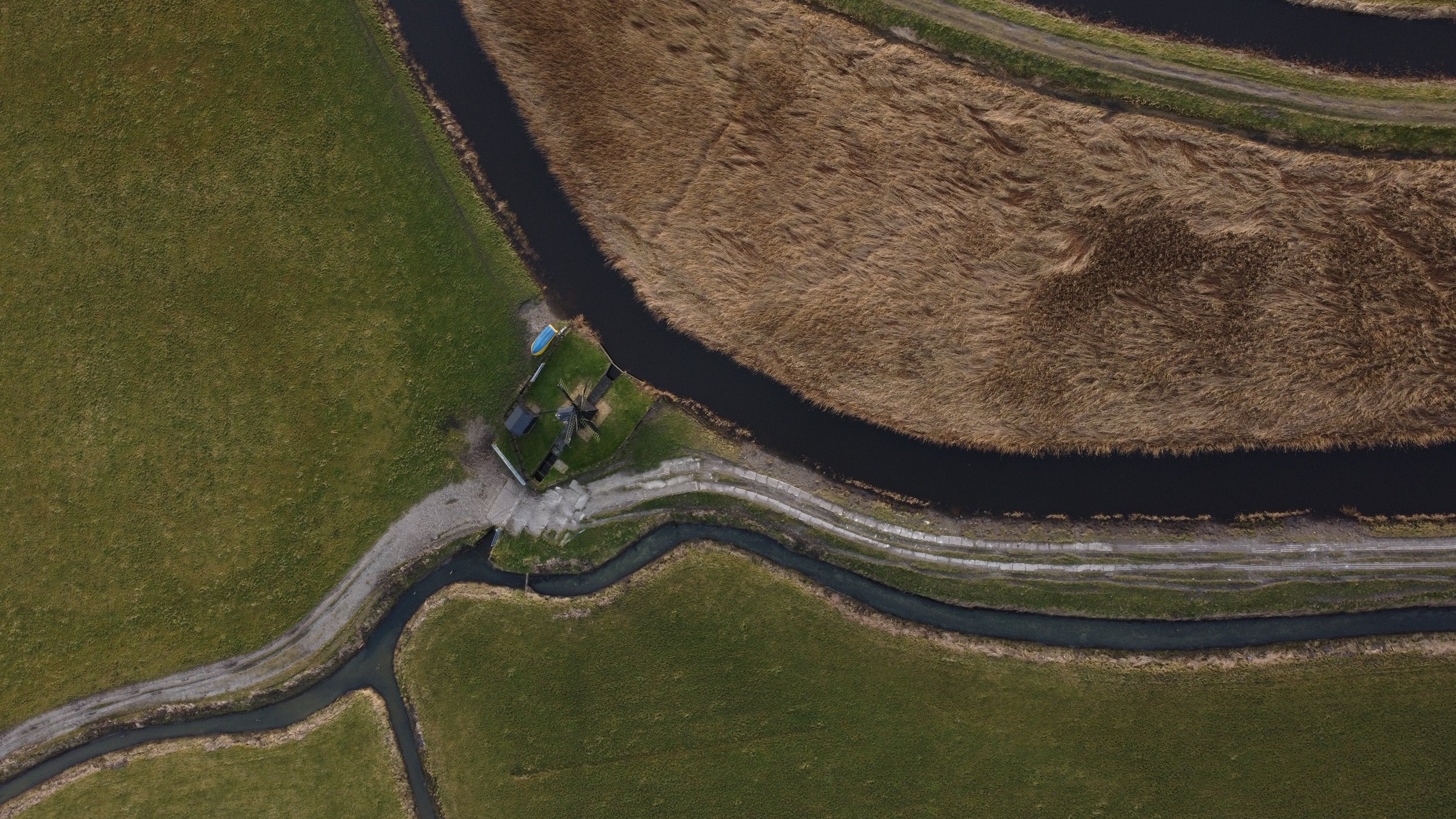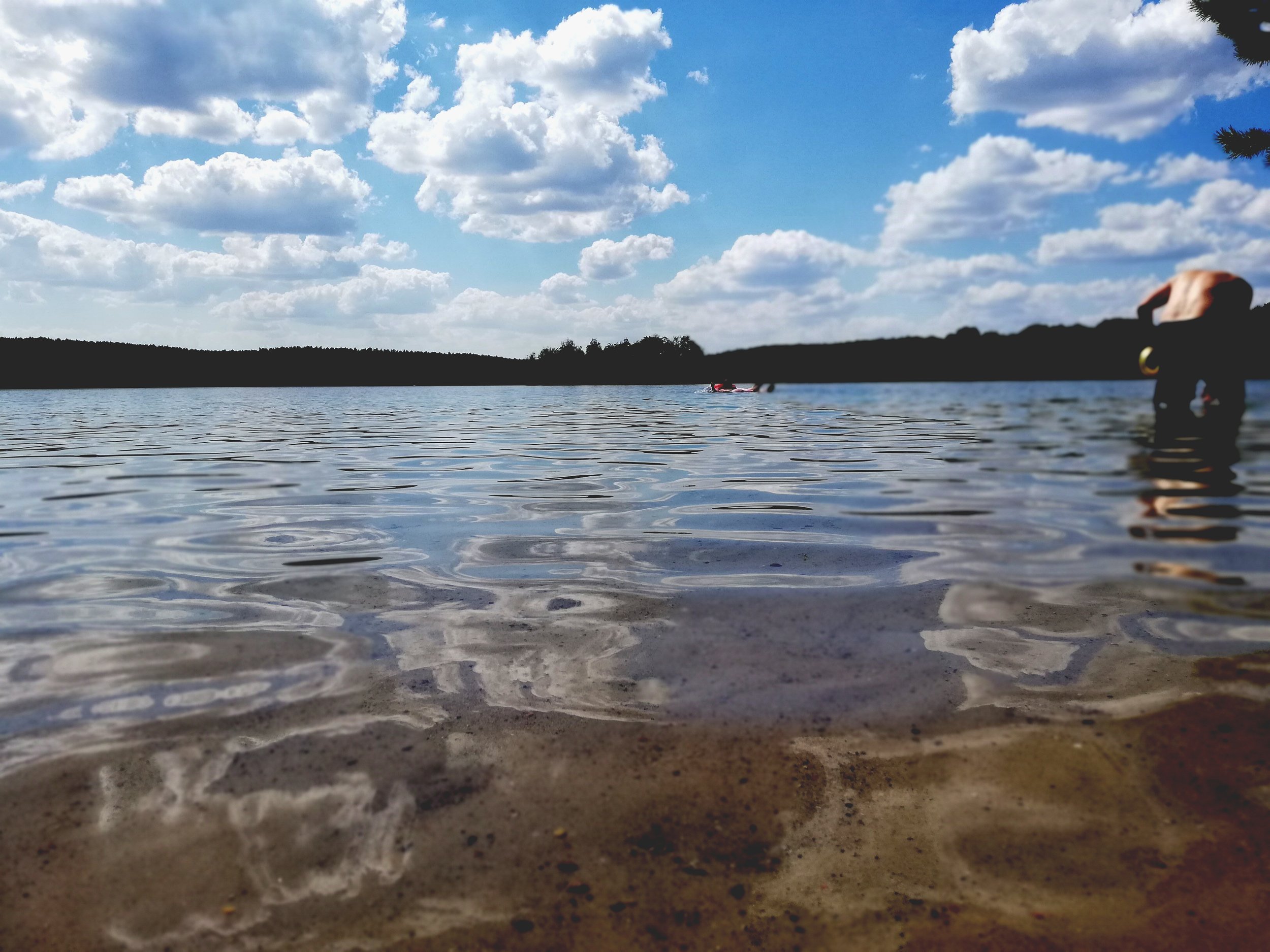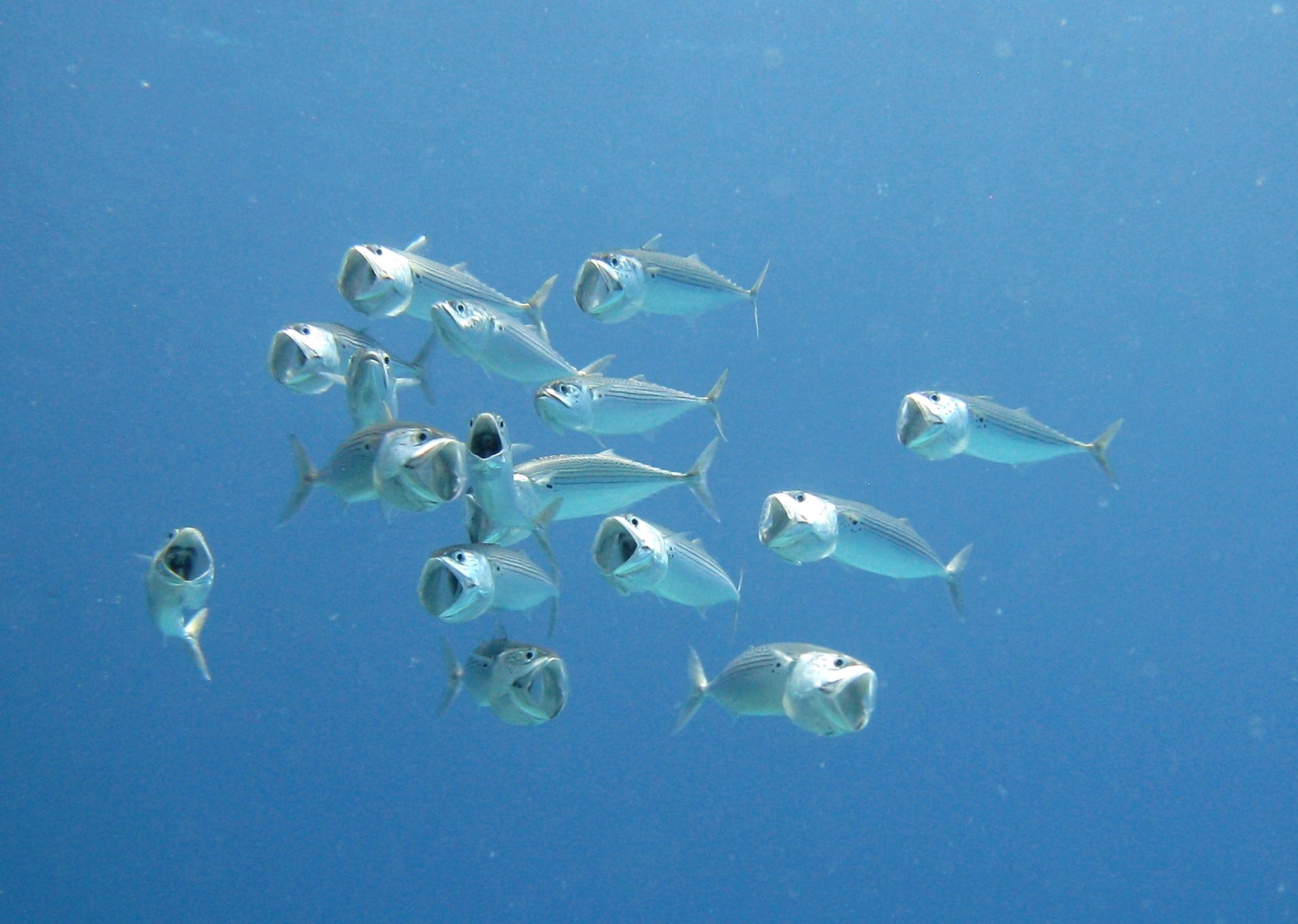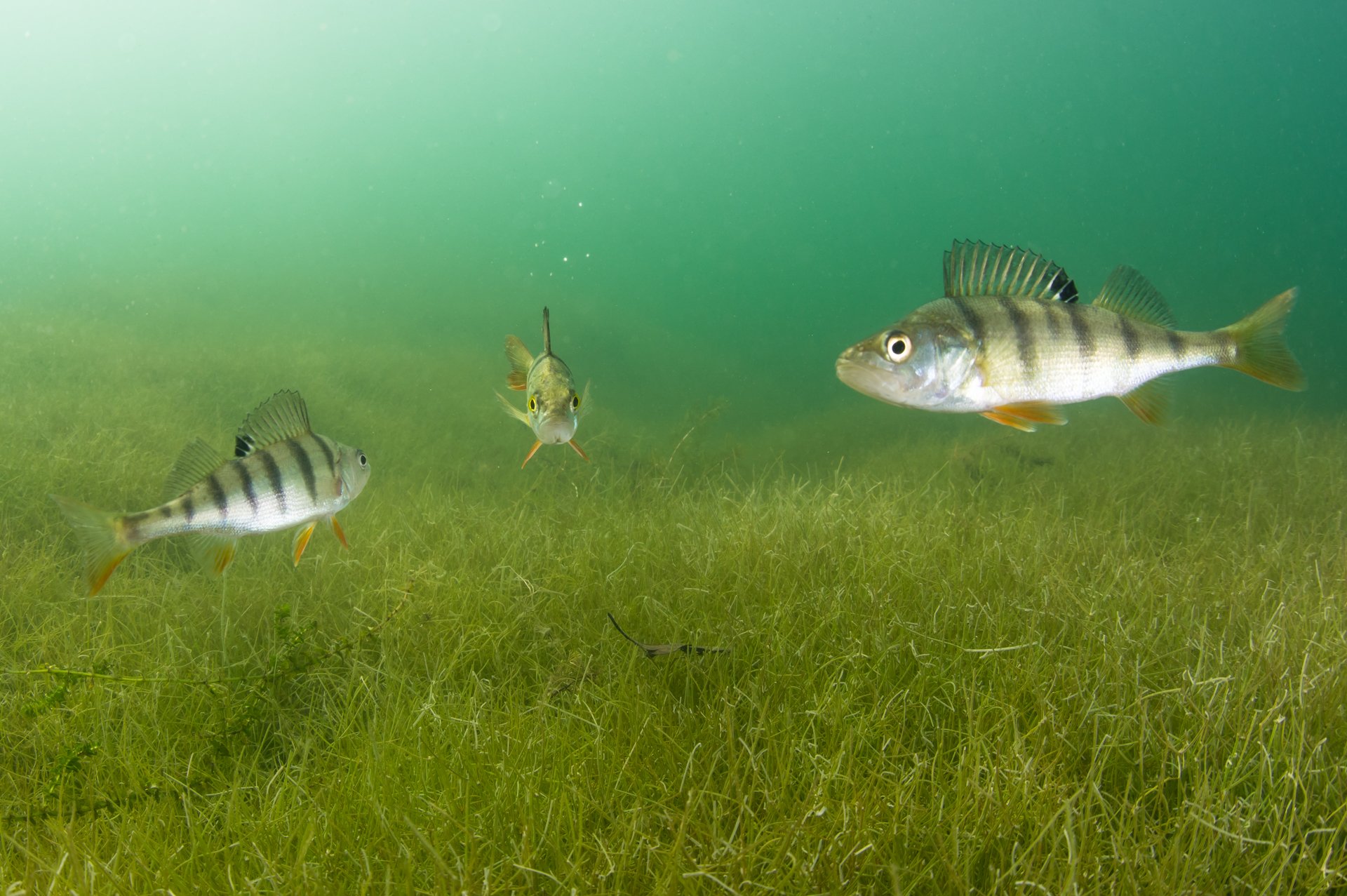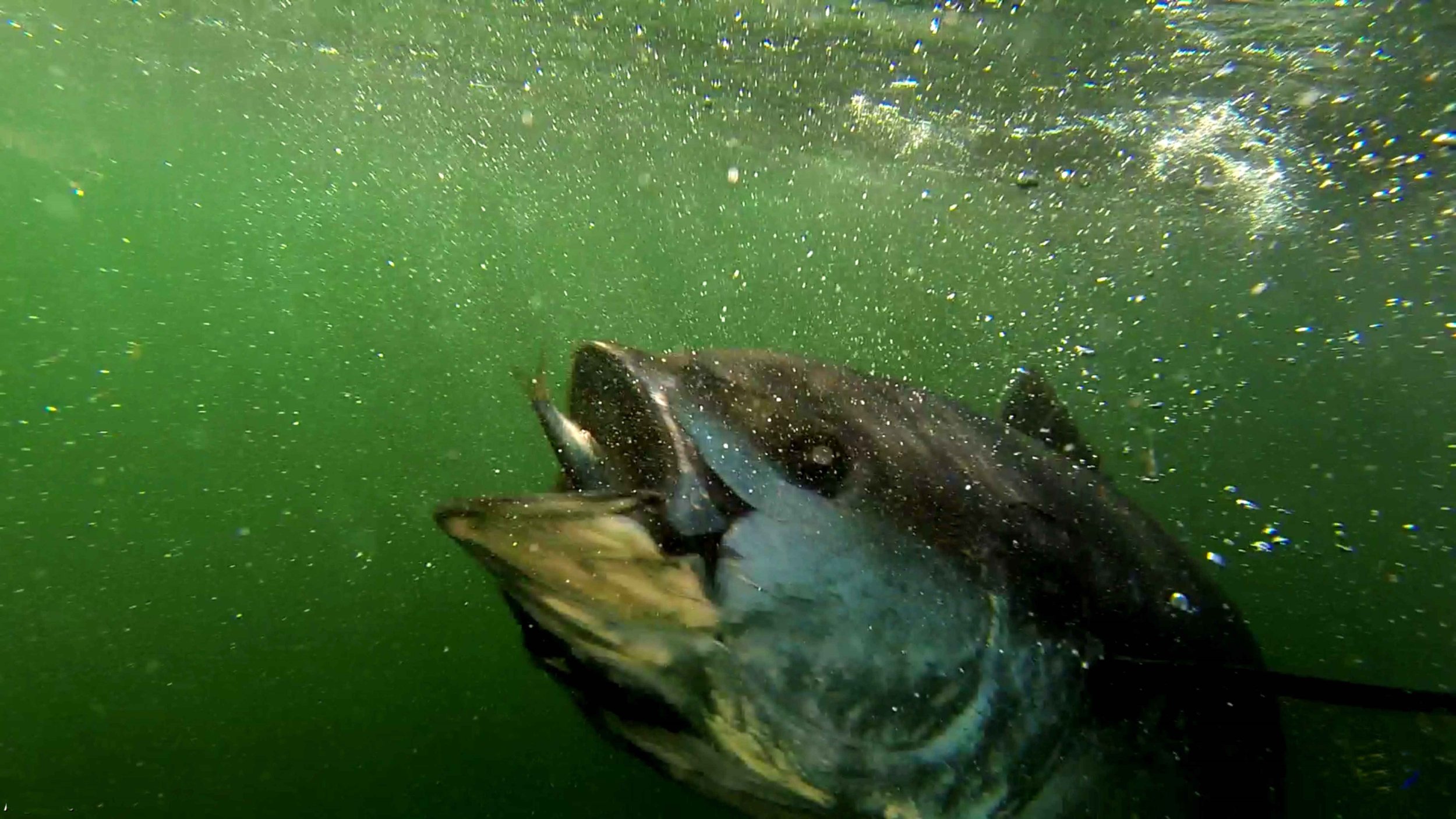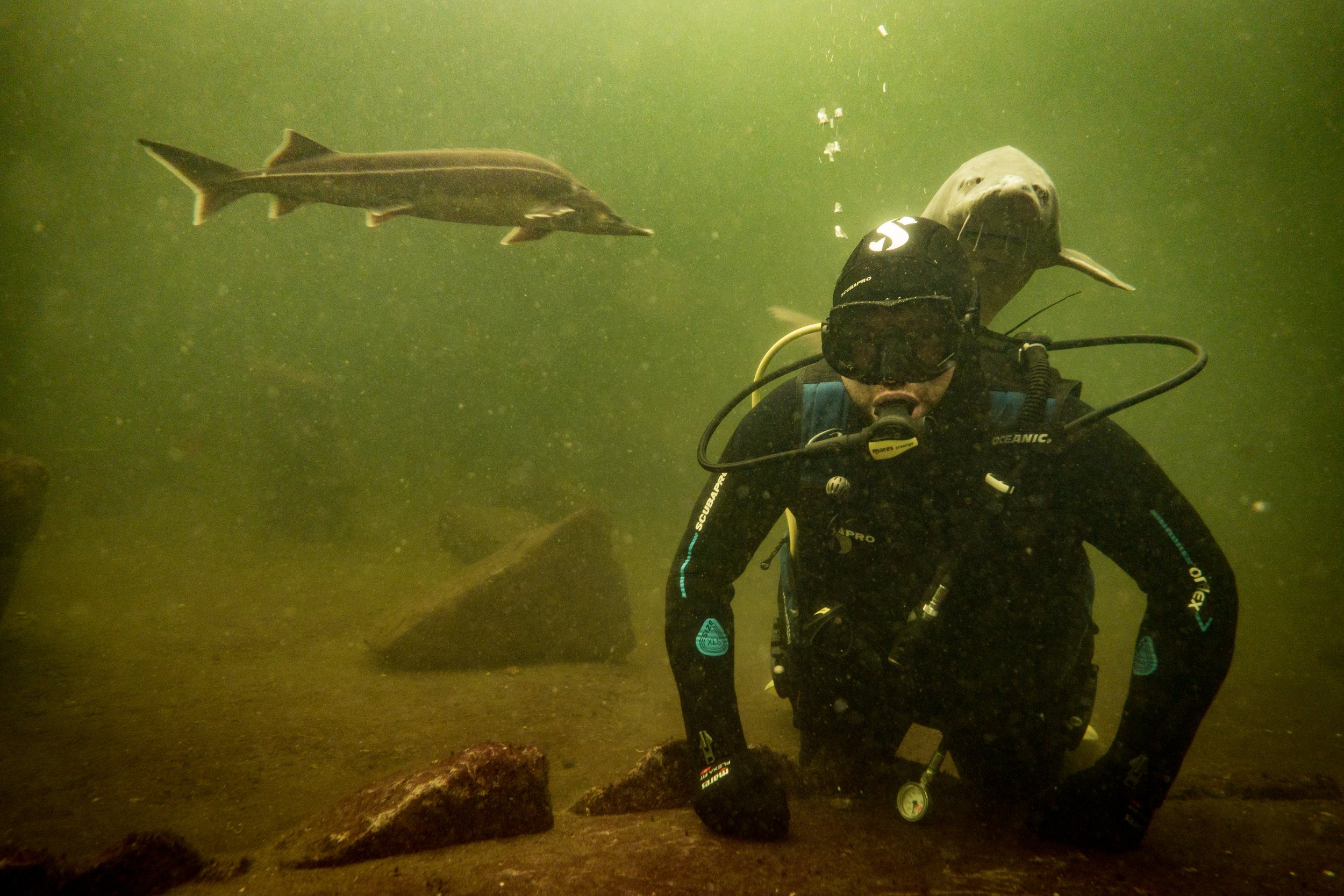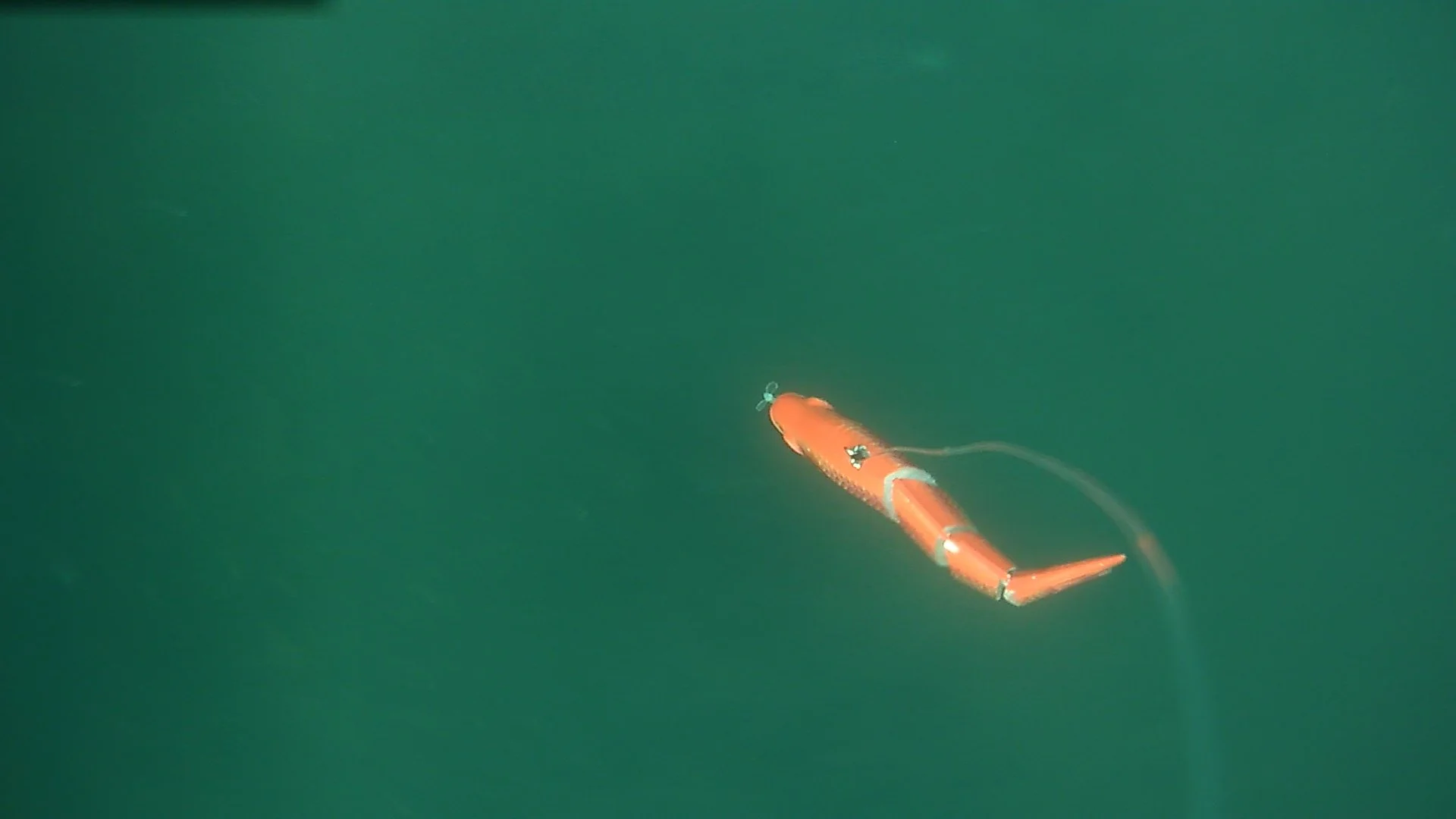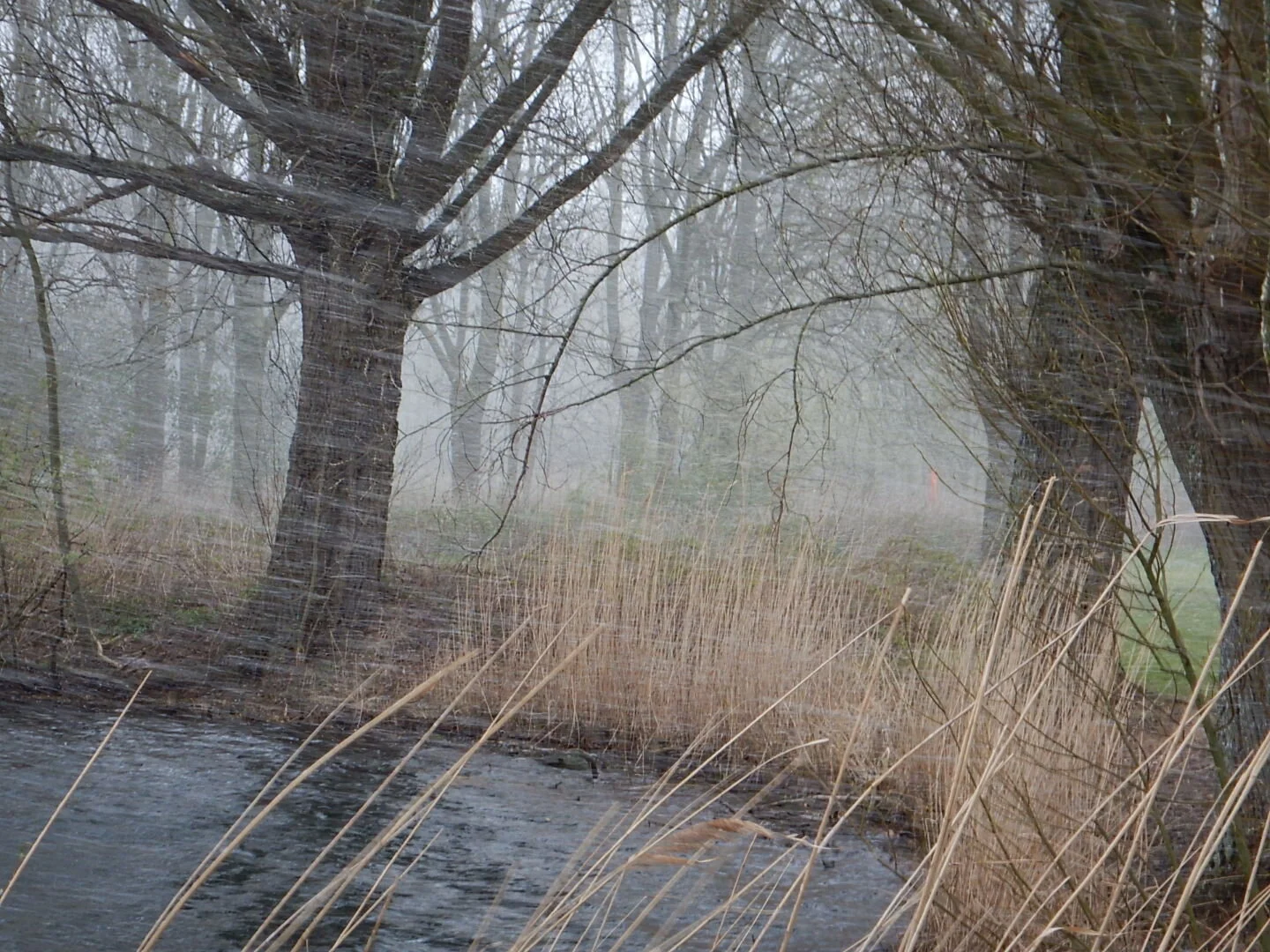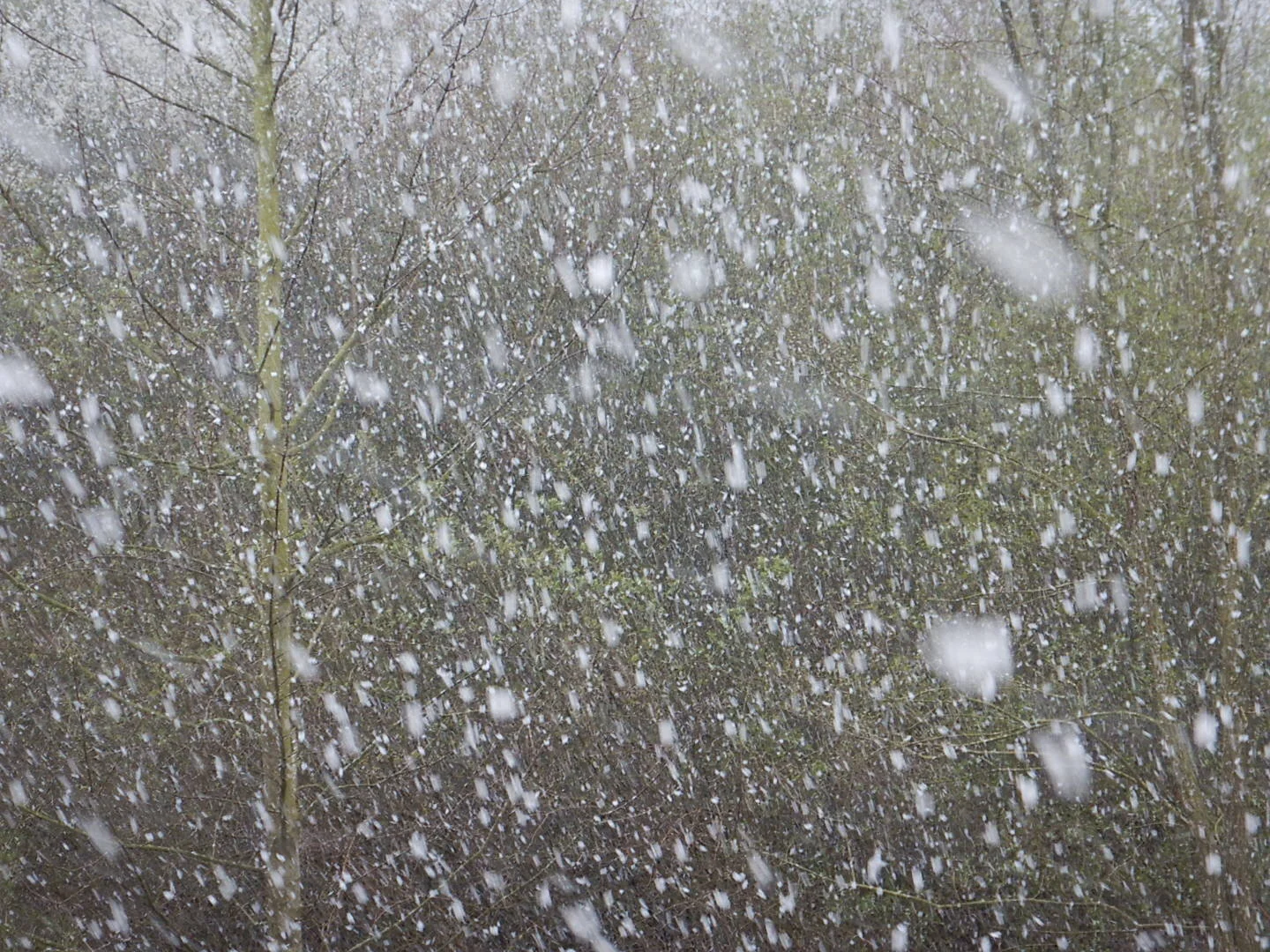Drone fishing when casting the angling cam.....
A school of garfish is waiting for a colourful bait bomb to drop…..This picture was taken at a shallow coastal reef in Northern Denmark. This particular beach features some submerged boulders that provide refuge for plenty of prey - attractive also for other trophy-sized predators such as seatrout. For garfish it is best to be there in the spring (in May, when the rapeseed is flowering). Late summer also works, then the fish are actually fatter. Important are calm conditions. If there is something that garfish do not like, then it is choppy water with poor visibility. They are visual hunters and need their eyes to seek out prey and forage upon it. Once they lay their eyes on the playful dance of a fast moving blinker, they are literally hooked and are not too bothered by the splash of an underwater angling camera hitting the surface or when a lens is pointing at them during retrieval. They go for anything that moves and provide for a great spectacle, regardless of whether they fished with or without hooks. Enjoy.
Changing perspectives
In this video I compare perspectives during stationary fishing with a float - by having the underwater angling cam looking either down- or upwards. I am busy designing a multi-purpose float that can be used for both perspectives and across at least two different camera models - more coming soon.
Untamed off the Norwegian coast
To many adventurous and exciting captures in 2024…..
Royalty Free Music: Bensound.com/royalty-free-music
License code: FNFTCYQAZO08UFGT
Footage: SW
Holy goldy.....
This pike really had something going with the robot goldfish. I will release my goldfish now in winter more often to see if it teases a slow mover to dance like this.
Not-so crystal voyager
The season has not offered too much time on the water, but with the inauguration of a smokercraft jon boat I am itching closer to some trolling times for pike and other predators, if I manage to locate any clear-water spots in the lowlands of The Netherlands. If you know any good crystal-clear waters, drop me a comment or two. Cheers
Do you know any other hook-less angling techniques?
Apart from fishing with a camera for underwater trophy shots, what other ways of hook-less fishing do you know where you can still get a thrill of action? A quick google search returned hook-less fly fishing, or as I experienced myself this year, fishing for garfish by using a bit of silky thread - it works a treat apparently by snaring the sharp teeth among the fine twine. Hybrid angling worked as well: sometimes without a hook, sometimes with.
Hook-less predator fishing with an underwater camera
A European perch (Perca fluviatilis) hits a thrillseeker chatterbait. Thank you very much to the diving association that allowed me to spy with a hook-less underwater camera contraption in "their" backyard.
Novel underwater camera system for commercial fishing
Blue skies, pure sunshine and clear water in Northern Denmark provided the perfect backdrop for an experimental fishing trial of #DTUAqua to promote the application of a novel underwater camera system that gives a real-time underwater view of all species entering the last part of a trawl net. This camera has been purpose built to fit inside commercial fishing nets, with integrated lights, together with smart tarpaulin sheets to quarantee clear water and good contrasts, it works a treat. All species that flush into the codend can be easily recognized when zipping past the camera inside a funnel-shaped, narrow section of the net. Welcome to modern, technology-driven 21st century fishing. Fishing blind in not really knowing what enters the nets seems a thing of the past. There are plenty of applications that create a win-win for all involved in the big game of hunting fish: fishermen, scientists and managers. For example, as soon as unwanted bycatches (such as undersized cod) enter a net designed to capture Norway lobster, a fisher could decide to haul in the net already, that way avoiding the capture of a less-valuable species or for which less quota is available. There are also trials ongoing as I write with an acoustic mechanism to close the codend remotely underwater only when the target catch starts to enter. This gives the fisher the power to actively manipulate catch composition and eventually catch less but keep more.
Five reasons why (hook-less) camera angling is fun
-
Without an underwater view you sometimes go home empty handed, no catch, no release, no bbq. But you never know, you may have caught some action on camera. I enjoy reviewing some footage (as tedious as it can be at times) and then be surprised by a sneaky fish face.
-
No hooks means less risk to get snagged. You do not waste money, do not pollute the environment, and do not harm any fish. A win-win for everyone involved in the game of camera angling. And it is also safer for yourself and your angling buddies: no hooks can unexpectedly cross-fire….
-
Deploying an underwater camera without “extracting” an organism, legally means you are not fishing and are in most cases free to “fish for footage” in places where others can’t go. I checked with a legal department in Belgium and got the green light. But before you turn into a guerilla camera angler, please check with your local authority.
-
Combining diving with angling - getting thrilled without getting wet. There is also a thrill element to it. You do not know what you caught. Arguably, there is less fight time involved, as you “only” reel in a camera after a bite or nibble and not an animal that is trying to evade predation in agony.
-
And the best thing: if you got lucky and caught an underwater trophy shot, you can review it as many times as you like, share and upload it. A memory well kept.
Experience it for yourself - it may not be the same than real angling, but still a ton of fun, animal-friendly, and relaxing way to chill in the great outdoors.
Hook-less holidays in the Mark Brandenburg
The heat of the summer days carries a lordly smile. Dry leaves and pointy pine needles crush as pringles under my shoes. The lake in front of me hides behind a glistening mirror of sun light, full of secret life. I fit my snorkel mask and dive in. The water is literally crystal clear. The white sand that provides an easy entry is a perfect backdrop for a tropical beach like underwater vision experience. Sun rays splinter through the surface and dance in line with reeds that waft above. The crisp cold water speaks in a Nordic tongue and licks my skin in delight. Some small European perch peek around my feet. I swim further out along the reed edge. This seems like a perfect hunting ground for a pike. A curtain of reed stems shield this year’s young brood from the unknown of the open water. I keep a look out for a slender silhouette. It is easy to picture how this skillful predator lurks in the shadows, observing, waiting for the moment to ambush an unexpecting prey.
My favourite followers
These were two of my pike followers in spring that showed some interest in and appetite for the lures (that were hookless) and/or the camera. Why do you think pike attack a camera?
Citizen Science Festival is coming up in Belgium
Discover, measure and know biodiversity at the first Belgian citizen science festival by the sea
With the 'ZEEKERWETEN (Know for Sure)' Festival, our coast is getting its first citizen science festival by the sea. On Sunday 8 May, VLIZ and partners invite everyone to enjoy a rich program of outdoor activities. The aim is to teach the general public techniques to make coastal animals and plants more visible and thus to help science move forward even after that day.
Sea, beach, marsh, dune. Attractive places with surprising animals and plants. On Sunday 8 May (10 am-4 pm), the citizen science festival 'ZEEKERWETEN (Know for Sure)' offers everyone the chance to discover this special life in a surprising way. Passionate experts share the necessary tricks and tools. Techniques that everyone can use after that day as a fully-fledged citizen scientist. Both researchers affiliated with universities and scientific institutions (UGent, INBO, ILVO, VLIZ) participate, as well as employees of visitor centers and educational facilities by the sea (Duinpanne, Duinenhuis, Marine Ecological Center, Bird Shelter Centre, Horizon Educational, Zwin Nature Park).
Some activities take place throughout the day, others only at certain times. The full programme can be found at www.zeekerweten.be.
“It will be a unique open-air experience, full of action and fascinating research. There are more than thirty activities at 17 locations spread across the coast. And, together with our partners, we mobilize more than eighty experts to provide the best possible guidance to the public”, says main organizer Jan Seys (VLIZ). There is something for everyone.
A selection from the rich programme illustrates how all kinds of techniques help the citizen scientist today more than ever:
- In the visitor center Duinpanne (Adinkerke) attention is paid to the use of wildcams to detect nocturnal animals. You will learn how to purchase, set up and operate such a wildlife camera, and what you should pay attention to in order to achieve maximum results.
- In the Spuikom overflow near Ostend, Doctor Snapper shows you how to “fish” with a fishing rod with only a camera attached (and some bait without a hook). This way you don't have to hurt the fish and you still get to see the animal.
- At the Rederskaai (Zeebrugge) the focus is on seaweed and sea creatures that you will find on and around the pontoons of the marina. Two divers retrieve living material to the surface. Experts from the Strandwerkgroep, Ghent University and VLIZ help you identify.
- ObsIdentify allows you to identify up to 20,000 species of plants and animals. This app is being demonstrated in the Zwin Nature Park and is actively being used at many other stations. You will discover in the Zwin and in Duinpanne how you can blindly recognize the song of birds with another app. The reading of color rings in gulls and other birds – in order to be able to trace their life path – is also discussed.
Attention is also paid to hedgehogs, bats, the "zorro mouse", plants and creepy crawlies in the dunes, ladybugs, the Asian hornet, life in dune pools and on beaches, plankton, etc.
ZEEKERWETEN is an initiative of VLIZ, Natuurpunt, Scivil, INBO, EOS, Strandwerkgroep, Province of West Flanders, Horizon Educational, MEC, WWF-Rangersclub, VOC, Duinenhuis, UGent, ILVO and the Flemish Government. It is part of the LifeWatch Belgium project.
(This is an edited google translation of the Dutch press release).
And the winner is...........
Some really amazing shots were submitted to the aquatic trophyshot contest last year. To quote one of the three judges who independently evaluated each valid submission: “I'm impressed with lots of these pictures. It's only the beginning. There is plenty of potential to see true fish behaviour.” Well said. These underwater images provide a wealth of information - being a very non-invasive way to observe animals in their natural surrounds. Every shared image of an aquatic trophyshot can support a good cause by adding geo-tagged records to biodiversity databases and making existing ID apps more accurate by improving digital image recognition. From chase to charity. I have held talks with the pioneers behind Fishial.ai and am planning to share and upload all submitted images to this global database. “Fishial.ai is building the largest open-source fish species photo library labeled for AI machine learning and spearheads the development of a highly accurate open-source AI model that can identify fish species world wide!” Adding the aquatic trophyshots from this contest to this database is going to be a neat project for a student or an intern. Additional information was collected from each submission which will be interesting to analyse as well. If you are interested or know someone, please message dr snapper.
The short bliss of camera angling....on a clear day
It is always a surprise to inspect the catch of the day behind the PC when reviewing the footage. And it is fun to actually discover that there was more life than what the nibble count suggested. Hopefully, one day mobile capacity will allow automatic scene detection and already highlight the trophy shots without hours of tedious, square-eyed review, preferably with ID suggestions and reporting all ancillary sensor data in a common data standard - these are a couple of (simple) prerequisistes for making camera angling more user friendly and allow for both opportunistic as well as statistically sound data collection.
Strike by a pike: animated goldfish meets lil croc
A hungry croc swallowed the animated goldfish lure within seconds….
Grinding nemo: animated lure on a dead-bait caster
In late winter and early spring I tend to replace dead bait by an animated lure (hook-less) to try and tease some pike. Every now and then it works. I ll show you in my next post.
Be selfish with Dr Snapper
Drsnapper will be participating in the ultimate citizen science festival at the Belgian coast: zeekerweten.be
A festival to celebrate biodiversity observation and conservation and to cheerish your very own enthusiasm for discovery.
Everyone is welcome on May 8 here in Oostende to try out and experience first hand the new thrill of camera angling. #catchinpeace #aquatictrophyshot
Al eens met een hengel een foto genomen van een vis? Met Dr Snapper’s onderwatercamera aan de haak maak je verrassende onderwaterbeelden. En dit zonder de vissen te storen of pijn te doen. (Voel je als een vis in het water zonder nat te worden!)
Snapping fish selfies
A short film to promote camera angling featured during the virtual VLIZ Marine Science Day earlier this year. It has some nice drone footage and a hand-crafted soundtrack. Thanks a lot to Atika Lava, Diony, Jelle and Emil for footage and/or tunes.
Spawning times
Spring time means reproduction o’clock for many fish species. These bream came to lay their eggs on water plants in some shallow water.
Four seasons in one day
Before the spring season closes for the spawning period, I enjoyed some snowflakes squalling through some sunshine. Pike are active and wary as at this spot. This one came in close to inspect what was on offer but quickly turned around.
